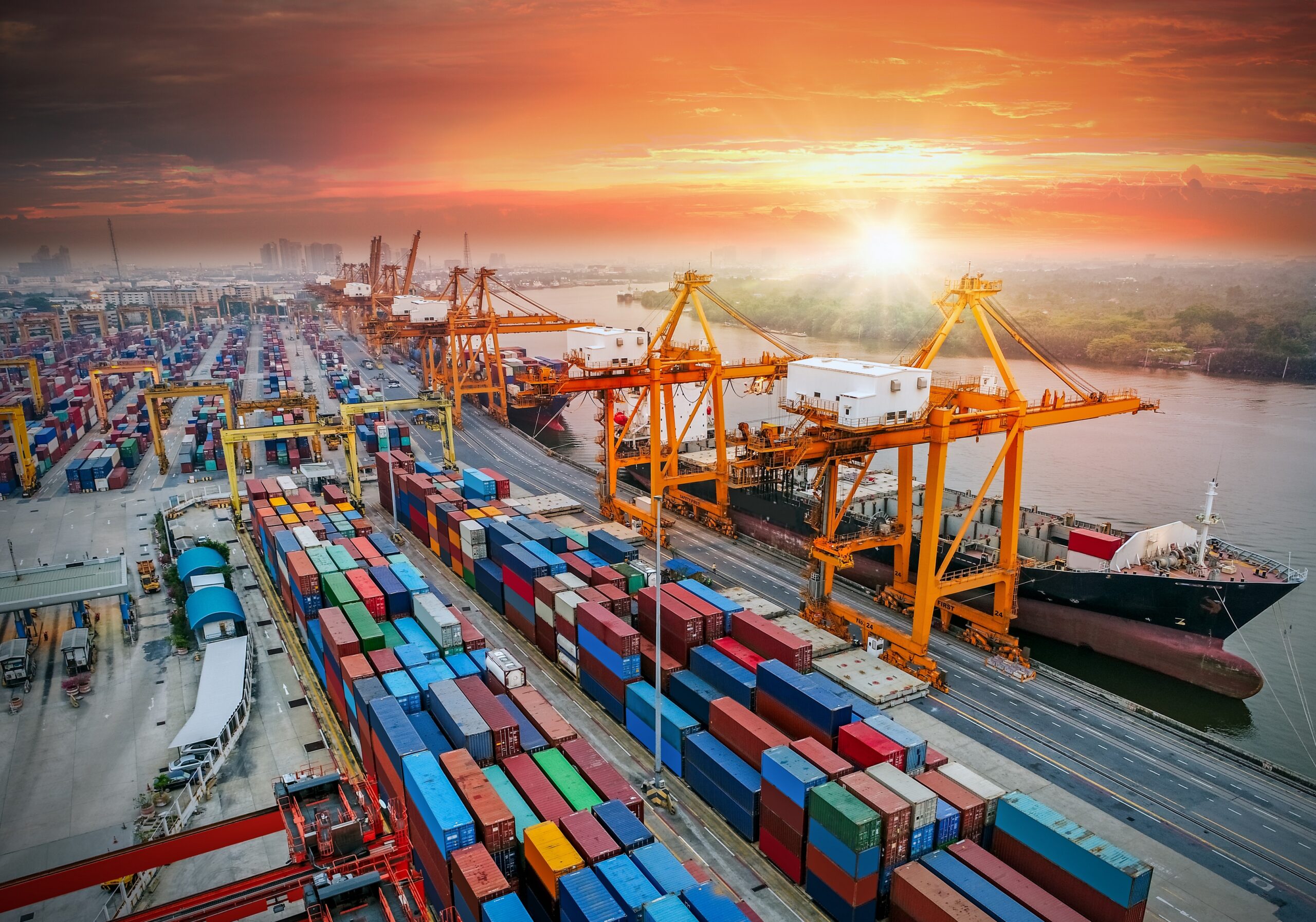Key takeaways
- IMO convention entered into force on 8th September 2017
- USCG law was released on 21st June 2012
- Both require stricter tolerances in terms of ballast water treatment
- Competitive filters have frequent break downs, are hard to maintain, cost a lot, and don’t satisfy requirements specified by IMO/USCG
- Top Water Flow’s filters have sustained performance over time, are easy to maintain, come at a fair price, and satisfy the IMO/USCG regulations
How does that affect you?
This will affect ship-owners sailing to countries adopting the IMO and USCG regulations. Going forward, we can assume that the restrictions to enter ports will only get stricter and that compliance is the only way out for owners.
First of all, we have the environmental impact resulting from untreated Ballast Water being picked up in one part of the world, only to be released in an other port located on an other continent. Whereas the purpose of Ballast Water is to restore balance of the ship when cargo is lifted on or off the vessel, the concept of ballasting will remain. A ship can carry enormous quantities of ballast water when sailing round the world, more than enough to affect local ecosystems. The consequence over time is introduction of endogenous maritime species into new vulnerable environments, where they can have disastrous consequences.
Secondly, the regulations open up for new revenue streams for ports and countries exposed to this problem. From a port’s perspective, all ships that are not in compliance with the regulations, represent a new income. Again, the responsibility rests with the ship-owner to adjust and take the necessary steps to be in compliance.
Finally, time is money. That means waiting time in port and when de-ballasting should be minimized. A ship already in compliance will be first in line, whereas vessels not in compliance will be last in line. Ships may also run the risk of losing charter contracts because of non compliance to regulations

